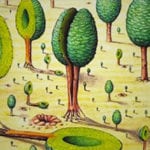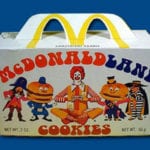 History
History  History
History  Movies and TV
Movies and TV 10 Fictional Kings Who Go from Good to Bad
 Food
Food The Fantastic Chemistry Behind Why 10 Popular Foods Taste So Good
 Technology
Technology 10 Futuristic Fungal Technologies
 History
History 10 Not-so-Spooky Events That Also Happened on October 31
 Creepy
Creepy 10 Unsettling Ghost Stories to Tell This Halloween
 Crime
Crime 10 Truly Evil People Who Used Halloween as the Perfect Cover
 Movies and TV
Movies and TV 10 Wildly Different Movie Takes on Nuclear War
 Creepy
Creepy 10 Places Where Folklore Is Alive and Well
 History
History 10 Events That Unexpectedly Changed American Life
 History
History 10 Weird Distractions from the Great Depression
 Movies and TV
Movies and TV 10 Fictional Kings Who Go from Good to Bad
 Food
Food The Fantastic Chemistry Behind Why 10 Popular Foods Taste So Good
Who's Behind Listverse?

Jamie Frater
Head Editor
Jamie founded Listverse due to an insatiable desire to share fascinating, obscure, and bizarre facts. He has been a guest speaker on numerous national radio and television stations and is a five time published author.
More About Us Technology
Technology 10 Futuristic Fungal Technologies
 History
History 10 Not-so-Spooky Events That Also Happened on October 31
 Creepy
Creepy 10 Unsettling Ghost Stories to Tell This Halloween
 Crime
Crime 10 Truly Evil People Who Used Halloween as the Perfect Cover
 Movies and TV
Movies and TV 10 Wildly Different Movie Takes on Nuclear War
 Creepy
Creepy 10 Places Where Folklore Is Alive and Well
 History
History 10 Events That Unexpectedly Changed American Life
10 Ways You Could Eat Feces Today
Food production is a huge industry, meeting our vital need to stuff our faces. Unfortunately, it’s almost impossible for food producers to avoid 100% contamination. Despite the fact that it’s taboo in every culture in the world, many foods contain traces of fecal matter. And not just the exotic foods you can’t pronounce. We’re talking about things you probably eat every day, like …
10Leafy Greens
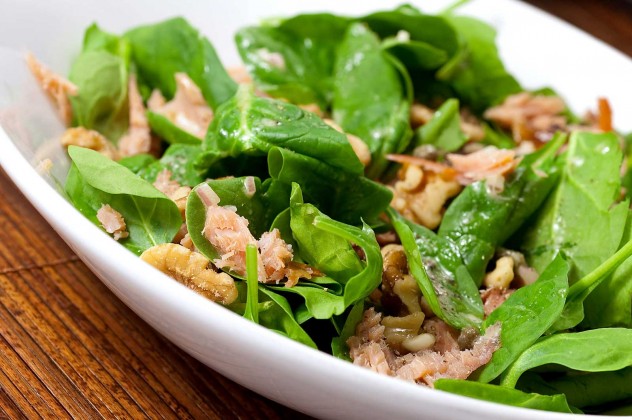
Leafy greens are often grown using synthetic fertilizers, rather than manure. However, even these crops can be invaded by various forms of fecal matter from nearby animals. According to research conducted by the Yuma Agricultural Center (YAC), fecal matter from cows can increase the possibility of contaminating crops with the bacteria E. coli. The research further indicated that dog, rabbit, bird and the feces from other animals didn’t pose as high of a risk for contamination.
There have been a number of E. coli-related outbreaks linked to leafy greens, such as spinach. The study conducted by the YAC determined that crops can become contaminated when the fecal matter containing the bacteria contaminates the irrigation system. The water used for the crops then spreads contamination. The study also indicated that furrow irrigation was the safest practice to avoid contaminating crops, though it could still occur even then.
9Organic Food
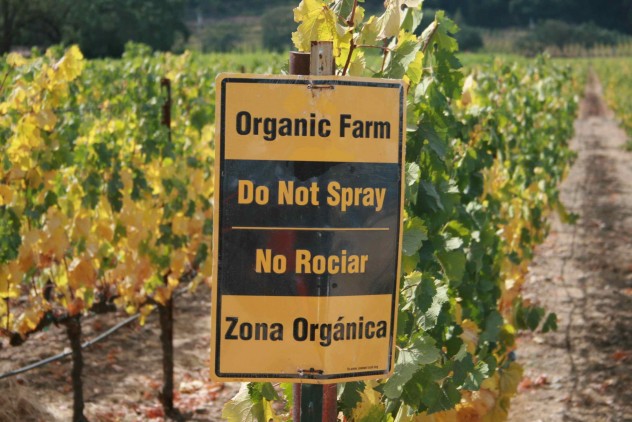
Many people have opted to pay for high-priced organic food, convinced that it is healthier than other modern options. They purchase and consume the food because, understandably, they don’t want to put pesticides or other chemicals in their body. However, studies have shown that organic food is at a greater risk for fecal contamination.
A study published in the Annals of Internal Medicine in 2012 revealed that five percent of lettuce was at a greater risk for fecal contamination and 65 percent of organic pork was contaminated with E. coli. Another study conducted by the University of Minnesota found that 9.7 percent of their samples from organically grown produce were contaminated with E. coli, whereas only 1.6 percent of their conventionally grown samples contained the bacteria.
8Candy and Chocolate
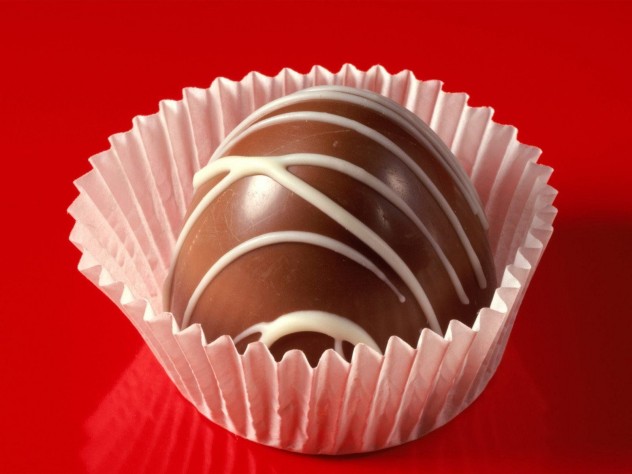
Children and adults alike enjoy a tasty piece of candy or a delectable chocolate treat from time to time. Many are drawn in by the smooth and flawless appearance of these foods and the enjoyable texture and flavors when they consume them. What many aren’t aware of is that certain types of candies and chocolates contain ingredients that are produced from insect feces.
Confectioner’s glaze or resinous glazes are ingredients that are used to produce a smooth, shiny coating on certain types of candy and chocolates. These particular ingredients are produced by the female lac insect and are derived from its feces. Tastes sweet, doesn’t it?
7Spices
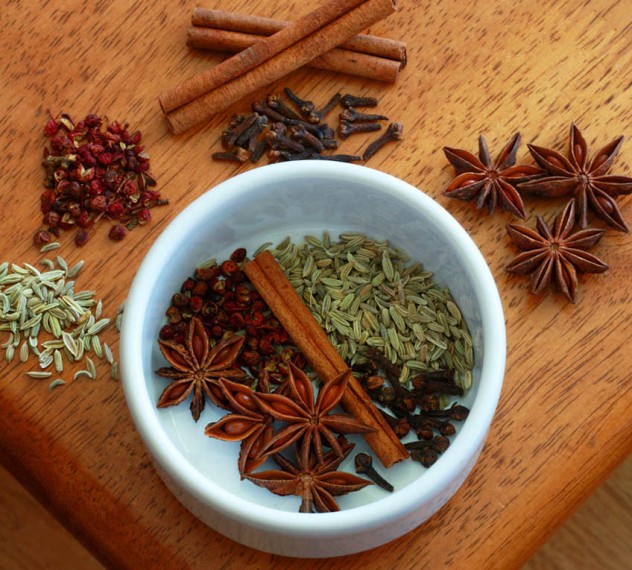
There’s nothing better than the aroma of a home-cooked meal that has been lovingly seasoned with a variety of carefully selected herbs and spices. These special ingredients add a delightful flavor to food and certain herbs and spices have also been known to have health benefits. Oh, and of course they contain feces. Have health benefits ever tasted so good?
The FDA permits a certain level of contamination in food products before they take action, herbs and spices included. According to the FDA’s website, “contamination of these products by animals usually results from either gnawing or defilement by excreta. Whole rodent pellets, bird droppings, and other pieces of animal dung are typically found.” Who knew that insect and animal excrement could add such flavor?
6Wheat
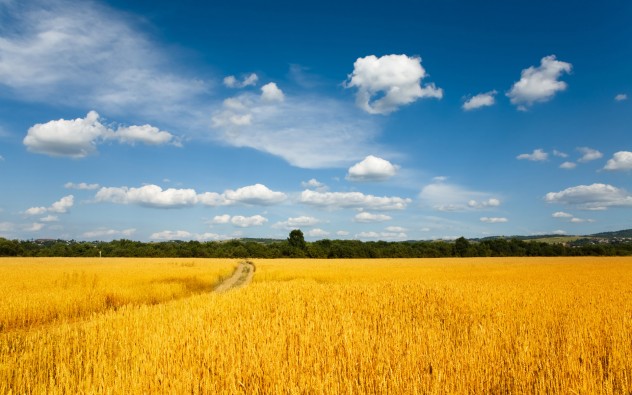
Wheat is an ingredient used in an endless variety of food products. Bread, pizza dough, cakes, cookies and a long list of other products contain wheat as one of their main ingredients. Those that cook at home often use wheat flour as an ingredient in much of their baking. It’s an ingredient that is widely consumed by a countless number of individuals. The fact that we eat so much of it doesn’t matter–the FDA allows 9 milligrams or more of rodent pellets per kilogram of wheat. In other words, a small percentage of rodent feces is tolerable in wheat and permitted to enter our food supply. Bread, anyone?
5Imported Seafood

Americans consume a large quantity of seafood from overseas. For example, America received approximately eight percent of its shrimp from Vietnam, some of its shellfish from Hong Kong and some of its tilapia from Hong Kong. Although the FDA inspects these shipments, it is only able to do spot checks (about three percent of these imports).
A significant portion of the seafood that is imported to the United States from these countries has been raised on feces, including pig and geese feces because it is cheaper to use than commercially sold fish food. Some claim that the fish don’t actually consume the feces, but rather the algae that are produced from using it. Either way, the idea of fish consuming and/or floating in swine feces isn’t exactly appetizing.
4Peanut Butter
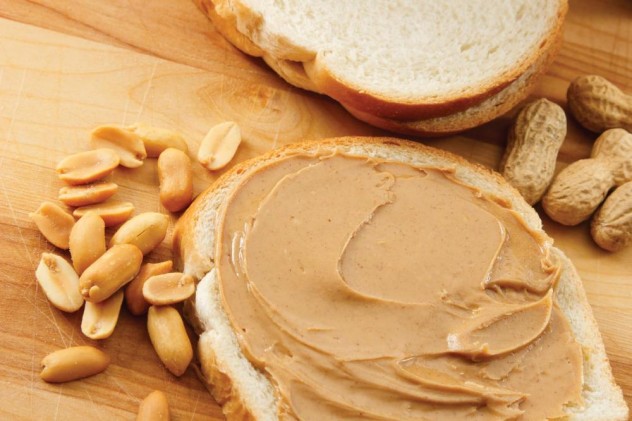
Peanut butter can be a nutritious snack. Enjoyed with crackers or apple slices, it’s a great treat to feed the kids and an excellent alternative to sugary snacks such as cookies or ice cream. Peanut butter also contains some extra ingredients that you won’t find listed on the nutritional label–one of which is rodent feces.
As with other food items, the FDA finds that a certain amount (five percent) of rodent feces or other rodent filth such as hair, is permissible in peanut butter. As long as you get crunchy peanut butter, you probably won’t know the difference. Right?
3Ground Turkey
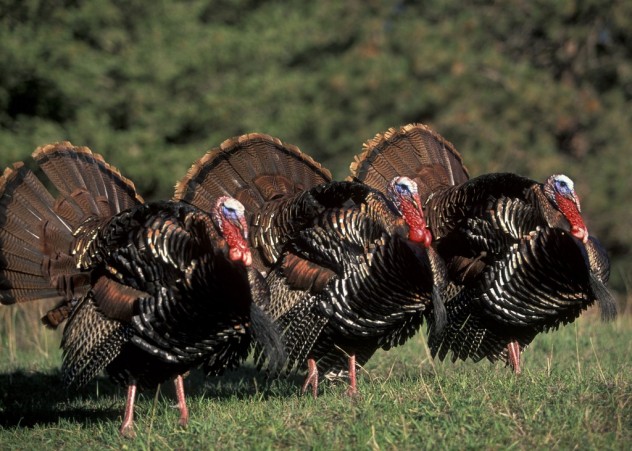
Ground turkey is often purchased as a healthier, leaner alternative to ground beef. But it’s not exception to the “must include some feces” rule this list is working on.
In a recent Consumer Reports study, 257 samples of ground turkey sold in the United States were tested. Of those samples, more than half were contaminated with bacteria from fecal matter. The study found that 69 percent of the samples contained enterococcus and 60 percent contained E. coli. In most cases, the bacteria discovered in the ground turkey can be destroyed by cooking thoroughly but a fecal burger sounds decidedly less appetizing than a “turkey” burger.
2Soda Fountain Machines
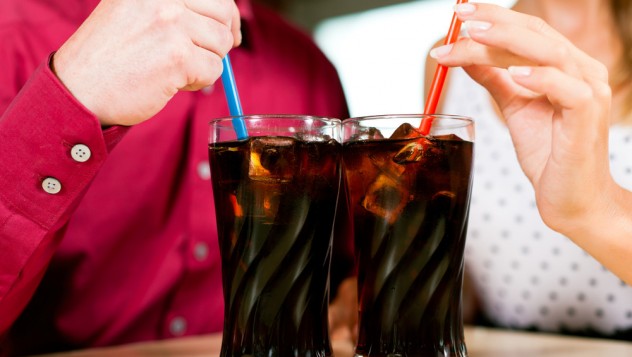
A small study conducted in the Roanoke Valley of Virginia found that soda fountain machines contained the bacteria coliform, which can, you guessed it, indicate fecal contamination. The U.S. Environmental Protection Agency (EPA) has even banned the bacteria from being present in drinking water because it may be a sign of contamination by feces.
Of the samples tested, 48 percent were contaminated with coliform and 20 percent of the samples tested had a detectable amount of coliform that exceeded the limit allowed by the EPA. It is assumed that the contamination is not from the soda itself, but rather the machines. It seems the contamination occurs within the plastic tubing and is then deposited into the soda when patrons go to fill up their cups. Is anyone getting thirsty?
1Human Feces Steak
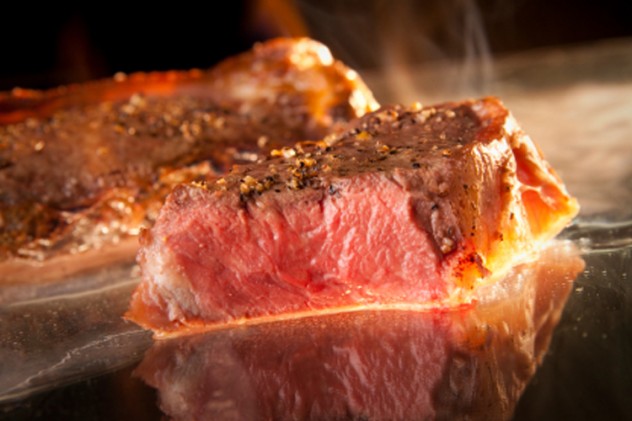
A sensational hoax that just won’t die is that of the steak created using human feces. According to internet legend, a Japanese scientist developed the steak using human feces and a few other simple ingredients. He even taste-tested the fecal steak and gave it his seal of approval.
Many legitimate news agencies reported the story as fact. But if they had done some digging, they would have discovered that the YouTube video that brought this poop steak to the web was actually a hoax–with many subtle clues available in the video footage.
It’s unlikely that humans will ever purchase human feces meat, but if they ever do, perhaps it would pair nicely with a side of shiitake mushrooms.
Kelly is a freelance writer and the owner of ColoradoSocialSolutions.com, a social media and content management service.


